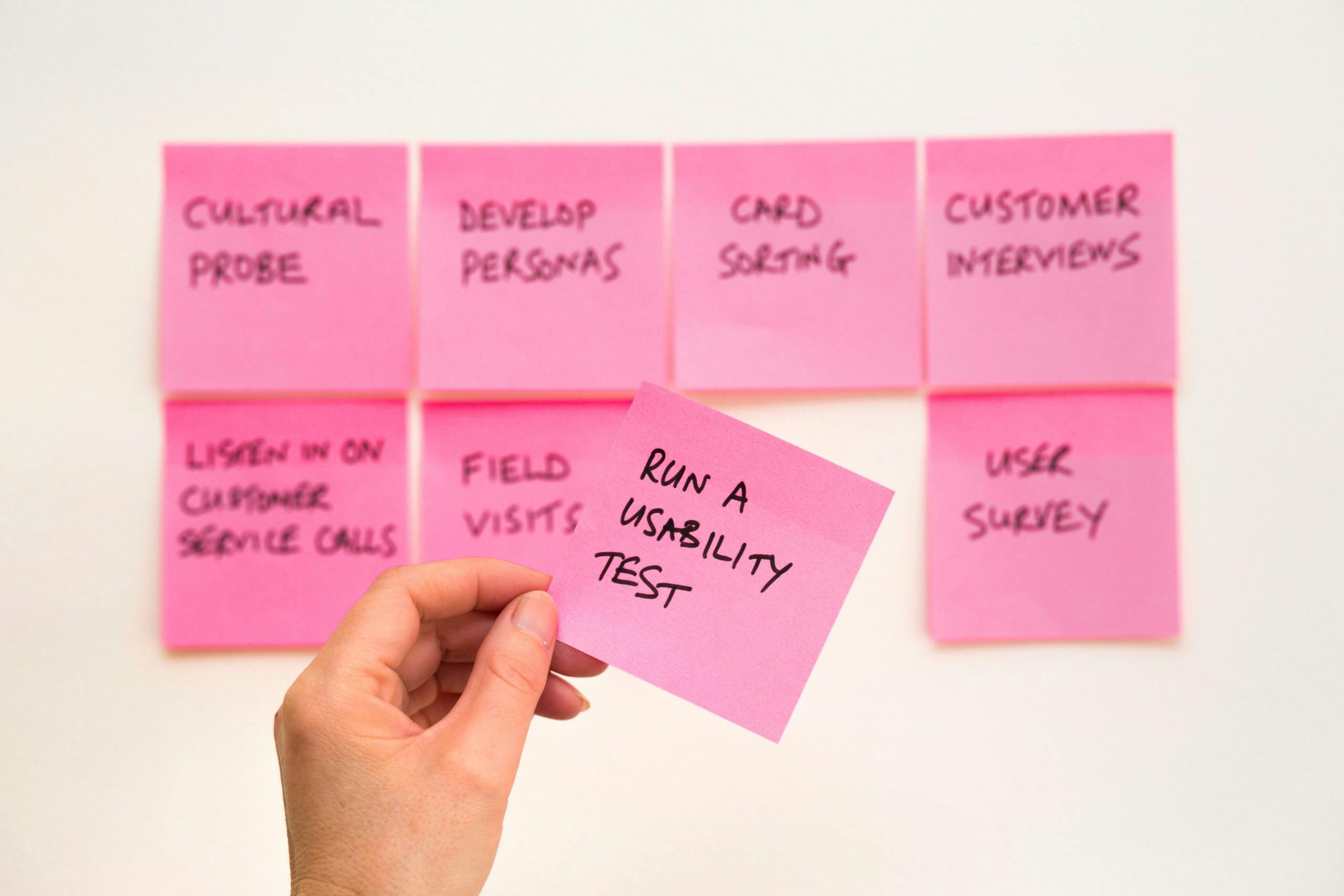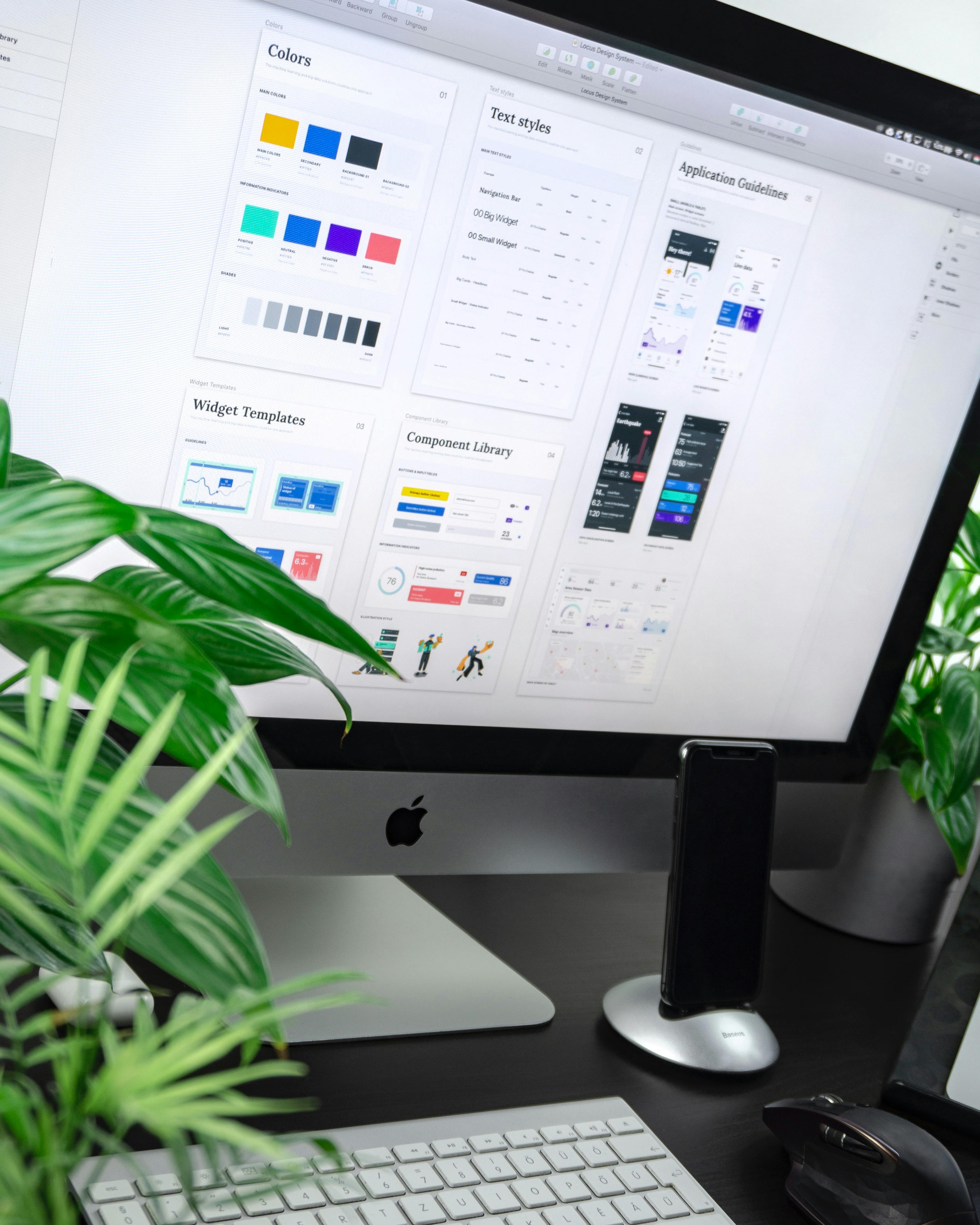Just recently, I published an article on getting started with UX design. Today, I'll be talking about writing a UX Design Case Study. First, what do we call a UX Design case study?
A UX (User Experience) design case study is a detailed story or report that dives deep into a design project. It's all about showing how a product, service, or system was designed with the user in mind, focusing on improving their experience. UX designers and researchers use these case studies to explain their work, whether for job applications, building portfolios, documenting projects, or simply sharing insights and tips with others in the UX community.
Let us break down the key ingredients that I think make up a tasty UX design case study:
Introduction - Setting the Stage:
Just like the opening act of a great story, your case study should kick off with an introduction. Here, you provide the who, what, when, and why of your project. Tell your readers what it's all about, including the project's goals and context.

Problem Statement - The Quest:
Every good story needs a problem to solve. Clearly define the challenge or issue your project aims to tackle. Describe the pain points or user problems that needed fixing.
Research - Gathering Clues:
Show how you played detective by conducting user research. Explain the methods you used, like interviews, surveys, or data analysis, to gather insights into your users' needs and behaviors.

Design Process - Crafting the Solution:
This is where the action happens. Describe your design journey, from brainstorming and sketching to wireframing and prototyping. Highlight key decisions and milestones in your process.
Solution - The Grand Reveal:
This is the moment your readers have been waiting for. Showcase your final design or product. Use visuals like mockups, prototypes, and screenshots to make your solution come alive. Explain how it addresses the problem you outlined earlier.

Results - The Happy Ending:
Share the outcomes of your project. Did user satisfaction increase? Were there measurable improvements in conversion rates or user engagement? Use data and metrics to back up your claims.
Lessons Learned - Reflecting on the Journey:
Just like any good adventure, there are lessons to be learned. Reflect on what worked well, what didn't, and what you'd do differently next time. This shows your growth as a designer.

Conclusion - Wrapping It Up:
Summarize the key takeaways from your case study. Reinforce the impact of your work and why it matters. Leave your readers with a lasting impression.
Visuals and Documentation - Show and Tell:
Include visuals that support your narrative, such as user personas, journey maps, and any other relevant documentation. Visuals can bring your story to life.
Credits and Acknowledgments - The Supporting Cast:
Give credit where it's due. Acknowledge your team members, stakeholders, and anyone else who contributed to the project's success. It's a way to show appreciation and collaboration.

In conclusion, think of your UX design case study as a captivating story with a clear beginning, middle, and end. It's your chance to showcase your skills, share your design process, and demonstrate the positive impact of your work. Happy storytelling!
